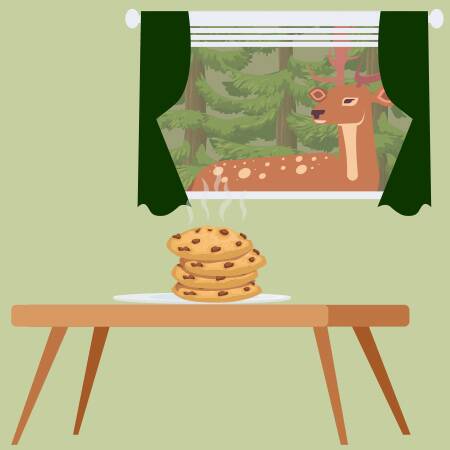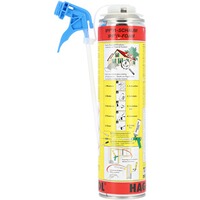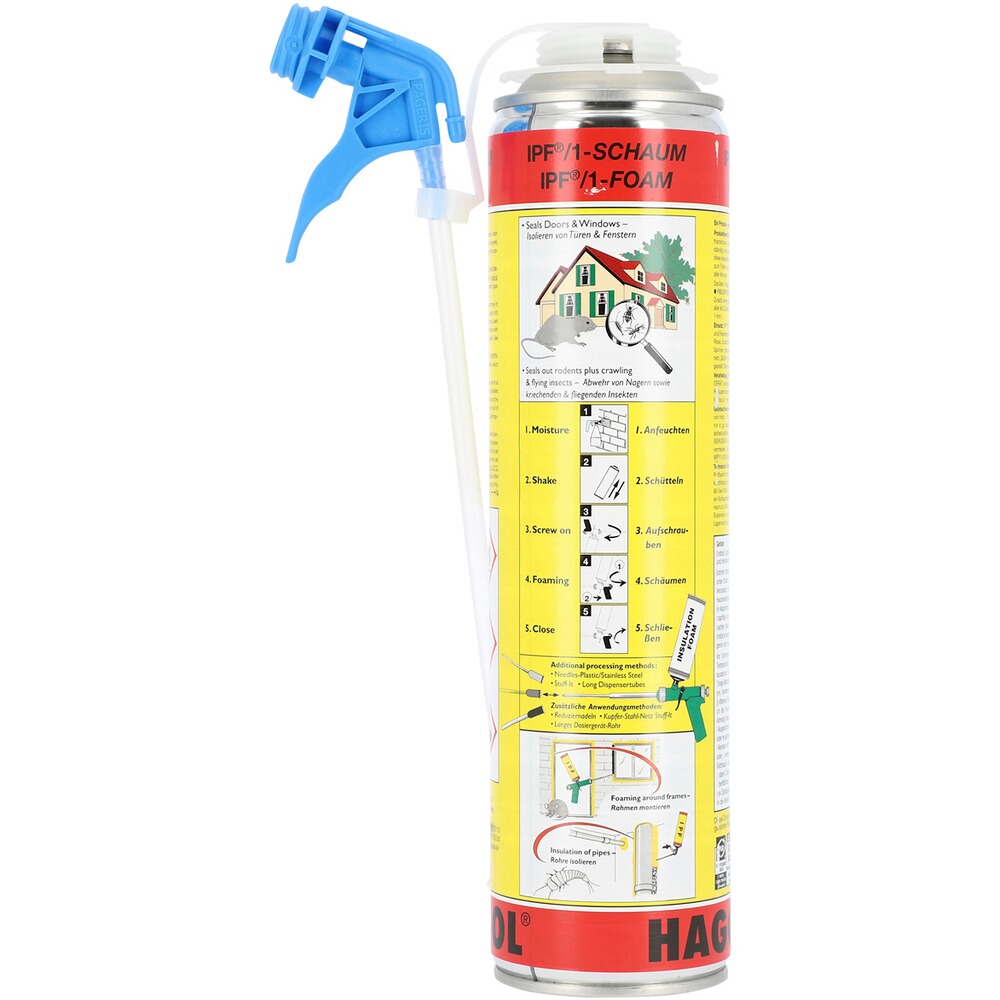Hagopur IPF® foam can - Frankonia Wholesale B2B ✓ Germany ✓ International
PRODUCT DETAILS
- One-component polyurethane foam
- ideal for filling cavities
- hardens in connection with moisture
- excellent compressive strength
- toxic-free
IPF® foam is a patented solution to keep bugs, mice and rats away.
The IPF foam is a one-component polyurethane foam that forms a mechanical barrier in connection with the copper mesh (not included). It is resistant to aging, non-toxic and is ideal for filling cavities, for assembling and bonding components of all kinds, etc.
IPF foam is used in all areas where gaps, cracks, openings and cavities of any kind need to be filled, sealed or insulated. Empty pipes as well as inputs and outputs for electrical systems can also be closed and protected with the IPF system.
The special feature of the IPF® foam is that the special, resilient polyurethane foam with high compressive strength keeps insects of all kinds, such as ants, beetles, cockroaches, spiders, bugs, etc., from penetrating. It is therefore an exclusion measure with the additional benefit of insulation against heat, cold, noise, sound and moisture; an indispensable product, especially in countries with a warm, humid climate and thus acute pest problems.
This advantage is rounded off by the connection to the copper network (optionally available) to delimit mice, rats and other rodents. The special reducing needles (Ø 1 to 2 mm) enable the finest dosing and problem-free filling of even the smallest cracks and gaps - even less than 1 mm.
- Content: 600 ml



Danger! Extremely flammable aerosol. Pressurized container: may burst if heated. Causes skin irritation. May cause an allergic skin reaction. Causes serious eye irritation. May cause allergy or asthma symptoms or breathing difficulties if inhaled. May cause respiratory irritation. Suspected of causing cancer. May cause damage to organs through prolonged or repeated exposure.
IMPORTANT: Always store cans upright!
Manufacturer
EU Responsible Person
Documents (PDF) | |
 | Informationsblatt |

&quality=40)
&quality=40)